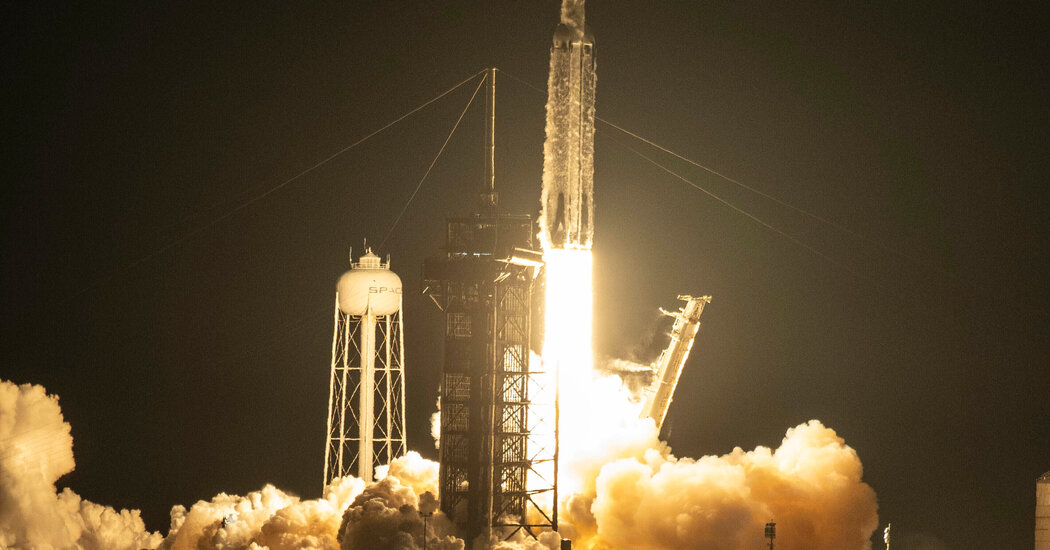The Pentagon is rushing to expand its capacity to wage war in space, convinced that rapid advances by China and Russia in space-based operations pose a growing threat to U.S. troops and other military assets on the ground and American satellites in orbit.
. . .
No longer will the United States simply rely on military satellites to communicate, navigate and track and target terrestrial threats, tools that for decades have given the Pentagon a major advantage in conflicts.
Instead, the Defense Department is looking to acquire a new generation of ground- and space-based tools that will allow it to defend its satellite network from attack and, if necessary, to disrupt or disable enemy spacecraft in orbit, Pentagon officials have said in a series of interviews, speeches and recent statements.



This is the best summary I could come up with:
The Pentagon is rushing to expand its capacity to wage war in space, convinced that rapid advances by China and Russia in space-based operations pose a growing threat to U.S. troops and other military assets on the ground and American satellites in orbit.
Instead, the Defense Department is looking to acquire a new generation of ground- and space-based tools that will allow it to defend its satellite network from attack and, if necessary, to disrupt or disable enemy spacecraft in orbit, Pentagon officials have said in a series of interviews, speeches and recent statements.
The strategy differs fundamentally from previous military programs in space by expanding the range of offensive capabilities — a far cry from the never-built 1980s-era Strategic Defense Initiative proposal, for example, which was focused on using satellites to protect the U.S. from nuclear missile strikes.
Pentagon officials and a recent unclassified assessment by the director of national intelligence say that both Russia and China have already tested or deployed systems such as ground-based high-energy lasers, antisatellite missiles or maneuverable satellites that could be used to disrupt American space assets.
General Whiting said China had tripled its network of intelligence, surveillance and reconnaissance satellites since 2018, which he described as a “kill web over the Pacific Ocean to find, fix, track and, yes, target United States and allied military capabilities.”
Last month the Pentagon also awarded contracts to two companies — Rocket Lab and True Anomaly — to launch two spacecraft by late next year, one acting as a mock enemy and the other equipped with cameras, to pull up close and observe the threat.
The original article contains 1,853 words, the summary contains 268 words. Saved 86%. I’m a bot and I’m open source!